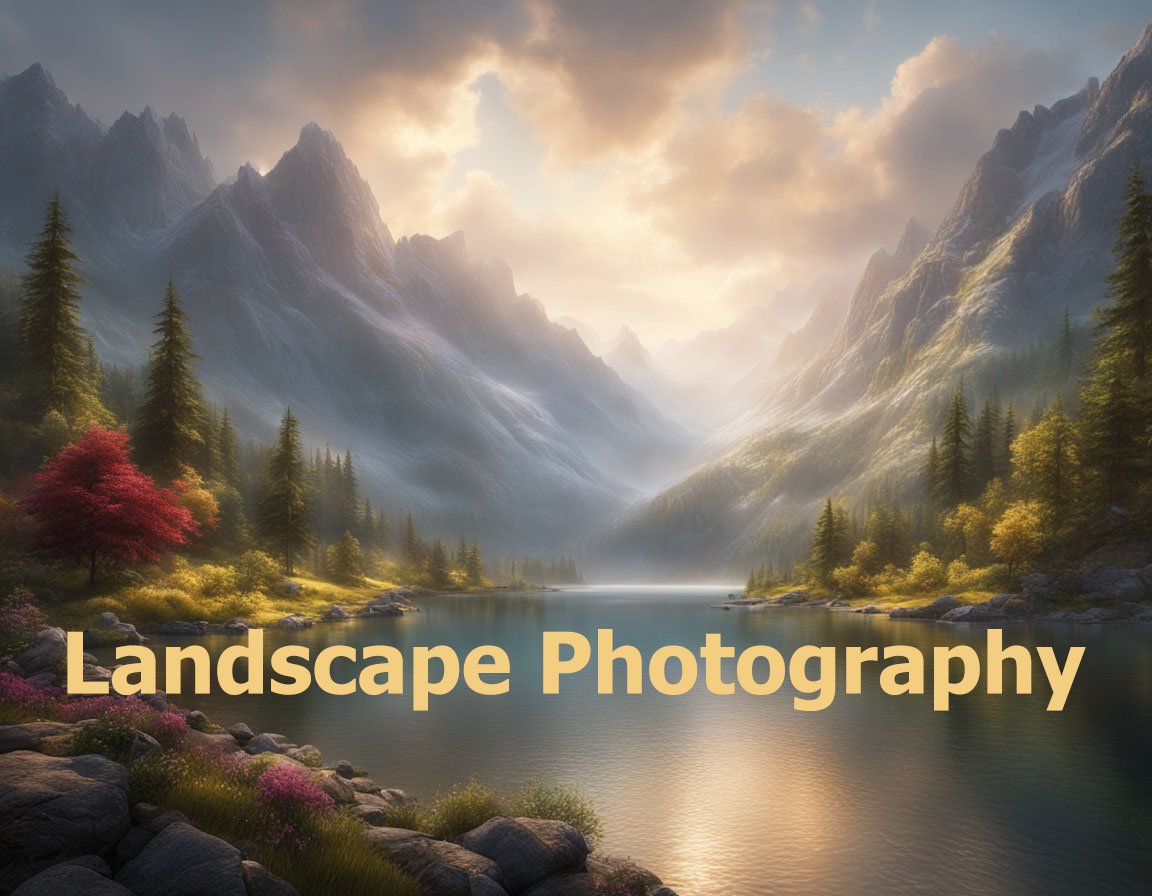Understanding Your Needs
When choosing the right lens for landscape photography, consider the type of landscapes you want to capture. Different lenses can dramatically change the composition and feel of an image. Whether focusing on mountains, wide-open plains, or intimate forest scenes, your lens choice can highlight distinct features of the environment.
Wide-Angle Lenses
Wide-angle lenses, typically in the range of 10-35mm, are popular for landscape photography due to their ability to capture sweeping vistas and vast skies. They allow for more of the scene to fit into the frame, making them perfect for panoramic landscapes and expansive scenes. A lens like the Canon EF 16-35mm or Nikon 14-24mm f/2.8G ED is ideal for this purpose. Wide-angle lenses also emphasize foreground elements, creating a sense of depth that draws the viewer into the image.
Standard Lenses
Standard lenses, ranging between 35-70mm, offer a more natural perspective and are versatile enough to be used in various settings. They excel in scenarios where a wide-angle view would include too many distracting elements. For balanced compositions that neither exaggerate nor compress perspectives, lenses like the Sigma 50mm f/1.4 DG HSM Art are particularly effective. These lenses are also great for maintaining a focus on particular subjects within a landscape, such as a singular tree or a field of flowers.
Telephoto Lenses
Telephoto lenses, with focal lengths typically above 70mm, are perfect for capturing distant subjects and isolating specific details within a landscape. They bring distant subjects closer, allowing for compositions with compressed perspectives that can be quite striking. Lenses like the Tamron SP 70-200mm f/2.8 Di VC USD G2 or Canon EF 70-200mm f/4L IS II USM are known for their sharpness and are excellent choices for capturing mountain ranges or wildlife from a distance.
Prime vs. Zoom Lenses
Deciding between prime and zoom lenses impacts the flexibility and quality of your photography. Prime lenses, with fixed focal lengths, often offer superior image quality and faster apertures compared to zoom lenses. They are typically lighter and can yield sharper images with less distortion. On the other hand, zoom lenses provide versatility, allowing photographers to adjust the focal length as needed, which can be particularly useful when shooting in dynamic environments or when accessing multiple perspectives quickly is necessary.
Aperture Considerations
The lens aperture affects depth of field and the amount of light entering the camera. Landscapes often require a deep depth of field to keep both the foreground and background sharp, typically achieved with smaller apertures like f/8 to f/16. However, having a lens with a larger maximum aperture, such as f/2.8 or f/4, is beneficial in low-light situations, like dawn or dusk, or when shooting the Milky Way or northern lights. Consider lenses like the Nikon AF-S NIKKOR 24mm f/1.8G ED for such situations.
Lens Quality
Quality is essential when selecting a lens. High-quality lenses often feature better glass, superior build quality, and coatings that reduce lens flare and ghosting. Well-regarded brands such as Canon L-series, Nikon NIKKOR, and Zeiss are renowned for their rugged construction and superior optics. Investing in high-quality lenses enhances your photographs’ clarity, sharpness, and overall aesthetic appeal.
Weight and Portability
Consider the weight and portability of the lens, especially if you plan on hiking or traveling to remote locations. While professional-grade lenses offer exceptional image quality, they can be heavy and cumbersome. Compact and lighter lens options like the Panasonic Lumix G Vario 7-14mm f/4.0 ASPH are ideal for photographers on the move, offering a balance between quality and portability.
Lens Accessories
Beyond the lens itself, certain accessories can enhance your landscape photography. Filters, such as polarizing filters and ND filters, help manage reflections, enhance colors, and allow for longer exposures. A sturdy tripod is essential for stability in low-light conditions or when using slower shutter speeds. Consider investing in weather-resistant lens hoods to prevent lens flare and protect the lens from the elements.
Budget Considerations
Landscaping lenses vary in price significantly; setting a budget helps narrow your choices. While high-end lenses can exceed a few thousand dollars, more affordable options like the Tokina AT-X 11-20mm f/2.8 PRO DX are available, offering excellent performance without breaking the bank. Determining what features are most critical to you will help ensure your investment in a lens aligns with your photographic goals and budget constraints.
Compatibility
Verify lens compatibility with your camera. Different brands and camera models use various mounting systems, so ensure the lens you choose fits your equipment. Adapters are available but might degrade functionality. Direct compatibility, ensuring autofocus and other features work seamlessly, is ideal.
Experimentation and Personal Preference
Lastly, remember that personal preference plays a significant role in lens choice. Experimenting with different lenses will allow you to discover your style and preferences in landscape photography. Rental services make it easy to try a lens before committing to a purchase, helping you find the best fit for your artistic vision and technical needs.


